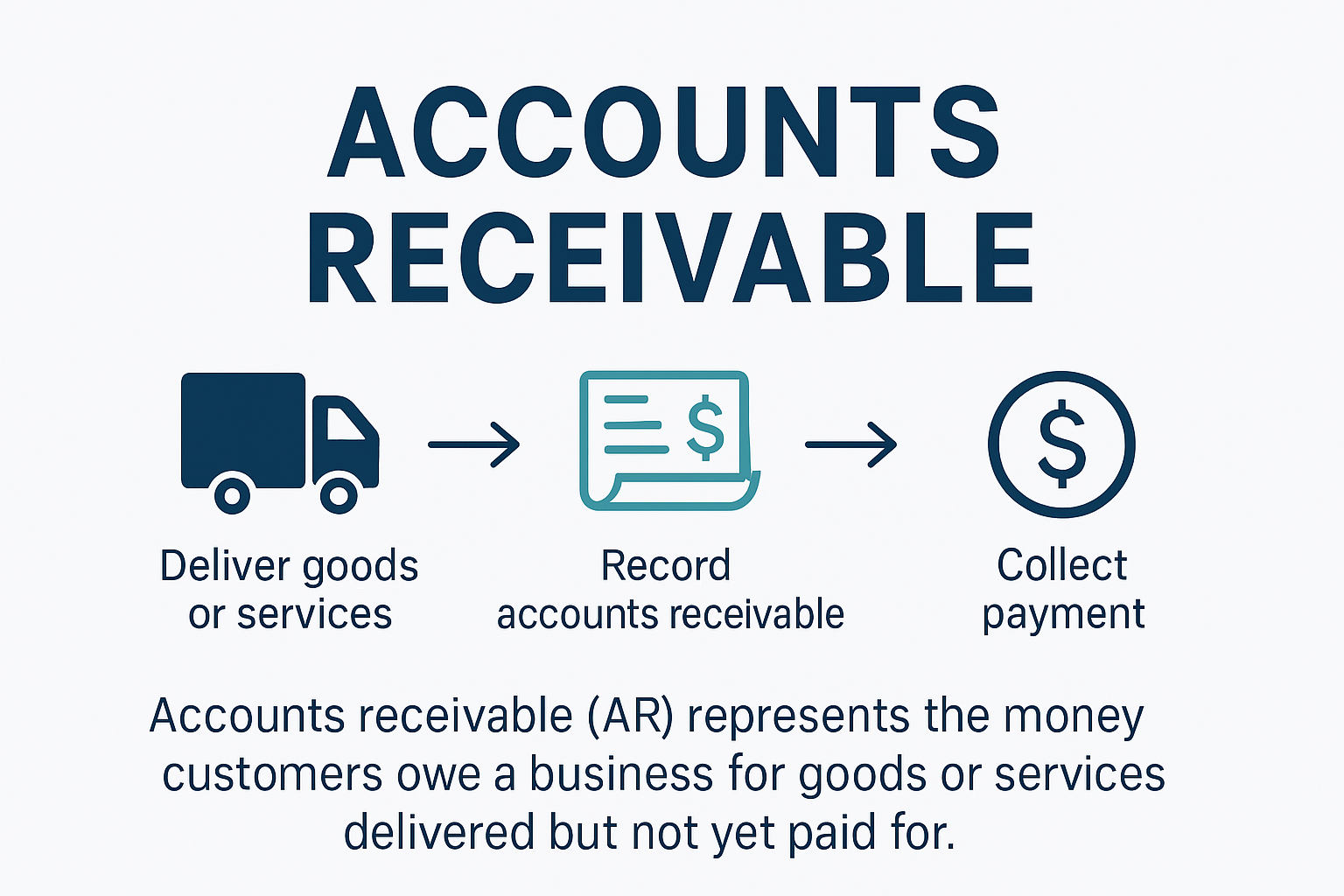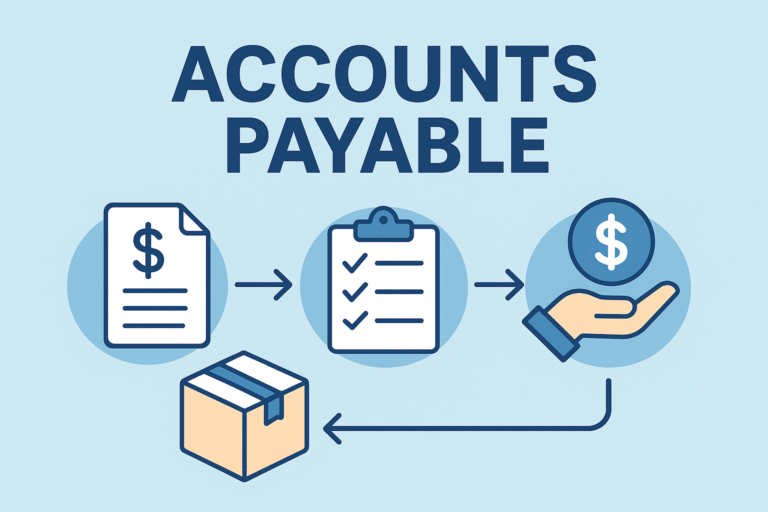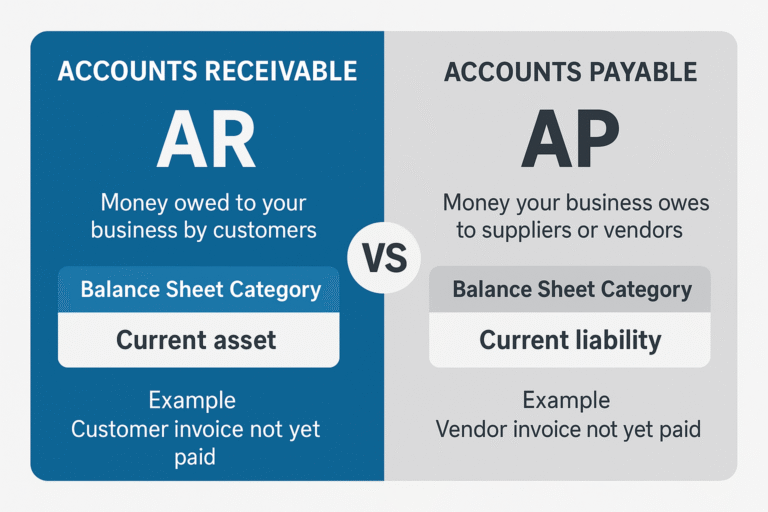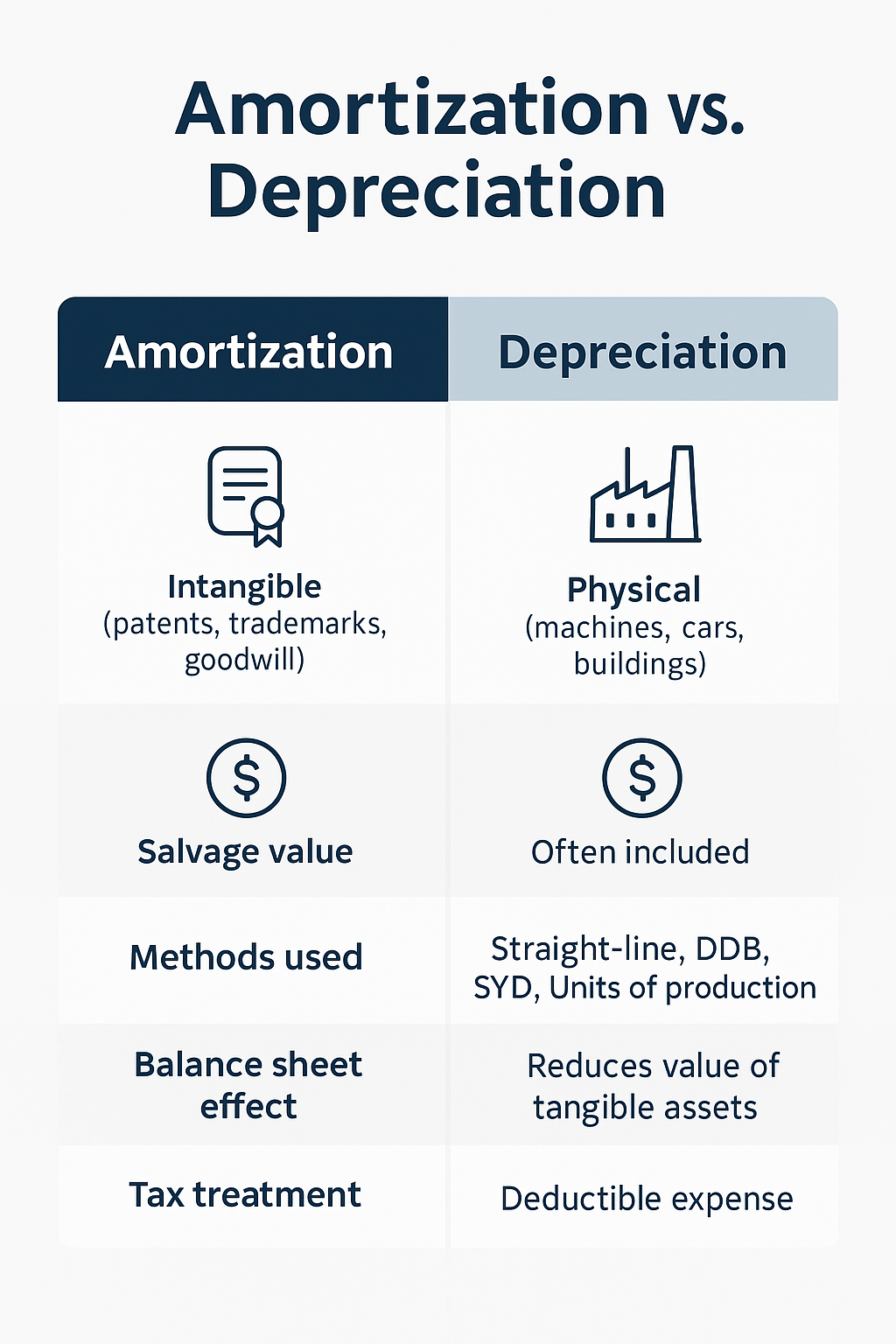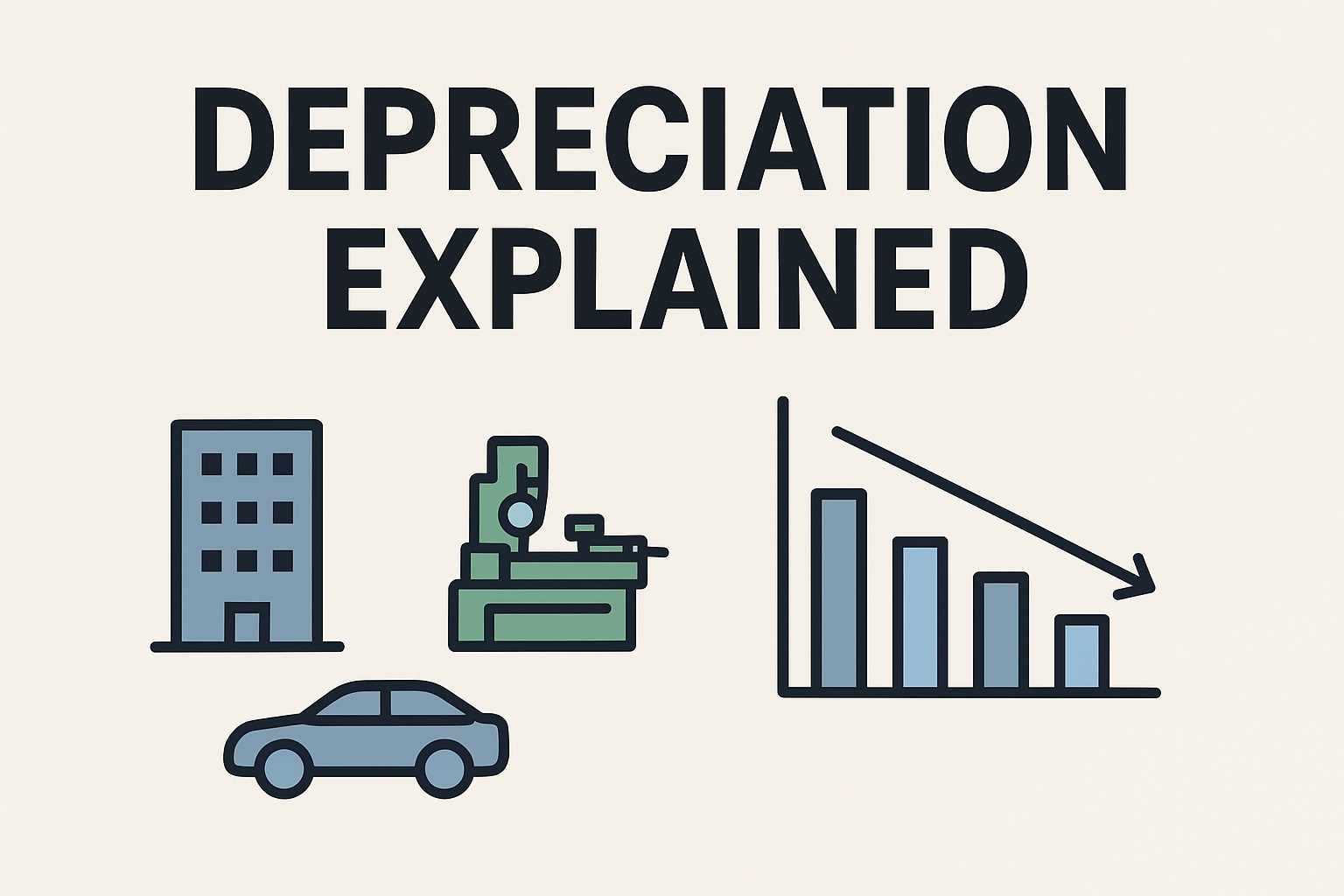What Is Compound Interest?
Compound interest is the process of earning interest on both the initial principal and the accumulated interest from previous periods. This causes your money to grow at an exponential rate over time, not a linear one.
In simple terms:
Compound interest = Interest on your interest.
It’s the key reason why starting early and being consistent with investing can lead to massive wealth, even with small amounts.
“Compound interest is the eighth wonder of the world. He who understands it, earns it… he who doesn’t, pays it.” – Albert Einstein (allegedly)
Why Compound Interest Is So Powerful
The true power of compound interest lies in its ability to snowball. Over time, the growth becomes significantly faster, even with the same contributions.
Here’s why:
- Time is your biggest ally: The longer your money compounds, the greater the effect.
- Exponential growth: Your returns grow not just on your contributions but on prior interest.
- Consistency wins: Even modest, regular contributions can build massive wealth if left untouched.
Example:
- Investing $5,000 per year from age 20 to 30 (then stopping) can outperform investing the same amount from age 30 to 60.
- Why? Because the money in the first scenario has more time to compound!
Compound Interest vs. Simple Interest
| Feature | Simple Interest | Compound Interest |
|---|---|---|
| Formula | Principal × Rate × Time | P(1 + r/n)ⁿᵗ |
| Interest Earned On | Principal only | Principal + accumulated interest |
| Growth Pattern | Linear | Exponential |
| Real-World Example | Bank savings account (some types) | Investment portfolios, retirement accounts |
Want to dig deeper into investing principles? Check out this guide on the Time Value of Money.
Compound Interest Formula Explained
Here’s the formula:
A = P (1 + r/n) ^ (nt)Where:
- A = Final amount
- P = Initial principal
- r = Annual interest rate (decimal)
- n = Number of times interest compounds per year
- t = Time (in years)
Example Calculation:
Invest $10,000 at 7% interest, compounded annually, for 20 years:
A = 10,000 × (1 + 0.07/1) ^ (1×20)
A ≈ $38,697Your $10,000 nearly quadruples without adding a single extra dollar!
You can play with numbers using Investor.gov’s Compound Interest Calculator (official U.S. government site).
Real-Life Examples of Compound Interest
Example 1: Starting Early
Investor A invests $200/month starting at age 20.
Investor B waits until 30 to start but invests $300/month.
At age 60, A ends up with more, despite contributing less overall.
Example 2: Reinvesting Dividends
If you reinvest dividends from dividend-paying ETFs like VYM or VIG, your investment compounds faster compared to taking the cash out.
Curious how reinvesting works? Read: How to Reinvest Dividends for Maximum Compound Growth
How to Take Advantage of Compound Interest
Want to make compound interest work for you? Here’s how:
1. Start as Early as Possible
Time is the most powerful force in compounding. Even if you’re only saving $50/month, start now.
2. Be Consistent
Regular contributions add up over time. Automate your investing through apps or brokers like M1 Finance or Fidelity.
3. Reinvest Everything
Don’t cash out dividends or gains unless needed. Reinvest to maximize compound growth.
4. Avoid High Fees
High-fee mutual funds can eat into returns. Opt for low-cost ETFs like SCHD or VTI instead.
5. Let It Grow
Don’t panic and withdraw early. Compound interest works best when left untouched for years.
Common Mistakes to Avoid
Even with a powerful tool like compound interest, people make critical mistakes:
- Waiting too long to start
- Underestimating the impact of small amounts
- Withdrawing money early
- Chasing quick gains over consistent investing
- Ignoring reinvestment options
Think of compound interest like planting a tree; it needs time, sunlight, and patience. Don’t dig it up too soon.
Final Thoughts
The power of compound interest can be your secret weapon in building long-term wealth. Whether you’re saving for retirement, your child’s education, or financial independence, understanding and applying this principle can change your life.
Start small. Stay consistent. Give it time.
As your money compounds, you’ll watch your wealth grow, not just linearly, but exponentially.
Start here: Visit our Homepage
Continue learning: See all blog posts

